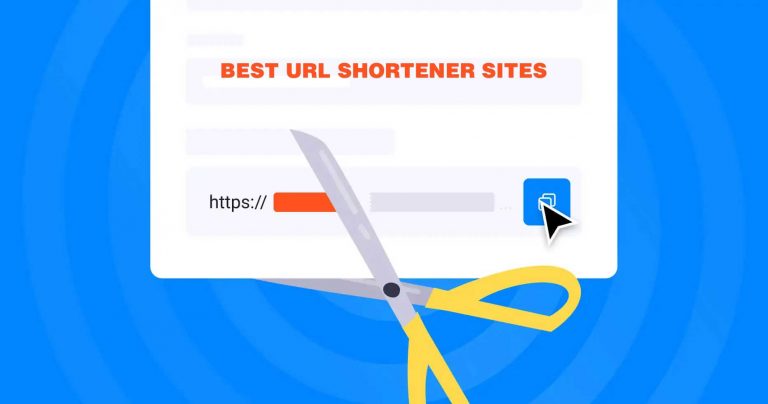What is URL Or What is my URL?
A web address, commonly known as a Uniform Resource Locator (URL), serves the purpose of identifying a specific resource on the Internet.
Uniform Resource Locator, abbreviated as URL, functions as the address for a specific and unique resource on the World Wide Web. Theoretically, each valid URL directs to an exclusive resource, which could be an HTML page, a CSS document, an image, and so on.
However, practical exceptions exist, with the most prevalent being a URL pointing to a non-existent or relocated resource. The responsibility of managing both the resource represented by the URL and the URL itself lies with the owner of the web server, as these elements are controlled by the server.
What is URL exactly?
From a technical standpoint, a Uniform Resource Locator (URL) serves as a web resource that indicates its position on a computer network. It essentially corresponds to the unique address of a file accessible on the Internet.
URLs belong to the broader category of uniform resource identifiers (URIs), a collection of characters employed to uniquely identify resources. Typically appearing in the address bar at the top of a browser, such as Google or Bing, a standard URL is often presented in the format:
Structural Composition of a URL
The Anatomy of a URL: Understanding Its Components.
A URL commonly consists of two primary elements: the protocol identifier, typically HTTP, and the website domain, recognized as the resource name.
URLs can encompass diverse components. Examples include HTTP (Hypertext Transfer Protocol) and its secure counterpart, HTTPS (HTTP Secure), designed for websites. Additionally, there’s “Mail” for email addresses and “FTOP” for files residing in a File Transfer Protocol (FTP) server.
The structure of URLs follows precise guidelines, requiring adherence to the ASCII character set for Internet sharing.
Read Top URL Shortener
